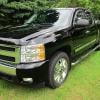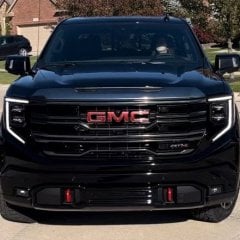2500 HD w/ Weight Distribution Hitches
-
Similar Content
-
- 2 replies
- 4,078 views
-
- 1 reply
- 586 views
-
- 5 answers
- 525 views
-
14-18 silverado power heated/cooled seats retrofit HELP
By Lael Howard,
- Power heated/cooled seats
- Heated seats
- (and 22 more)
- 6 replies
- 2,924 views
-
- 0 replies
- 597 views
-
-
Recently Browsing 0 members
- No registered users viewing this page.
-
Forum Statistics
247.7k
Total Topics2.6m
Total Posts -
Member Statistics
-
Who's Online 19 Members, 0 Anonymous, 2,391 Guests (See full list)




















Recommended Posts
Join the conversation
You can post now and register later. If you have an account, sign in now to post with your account.